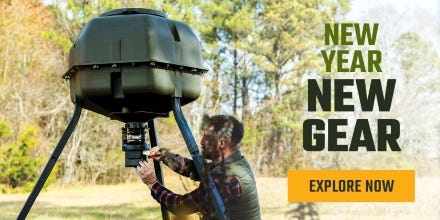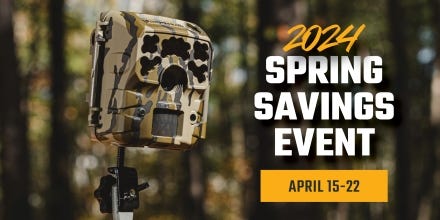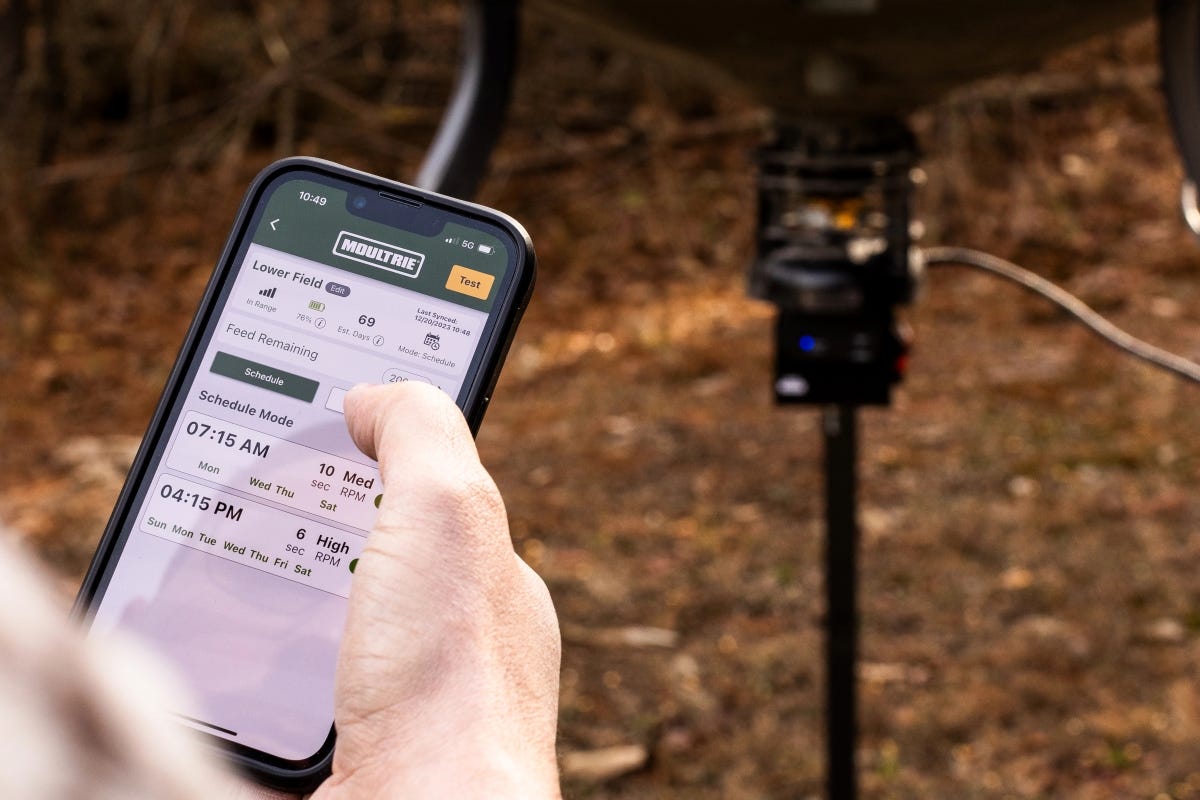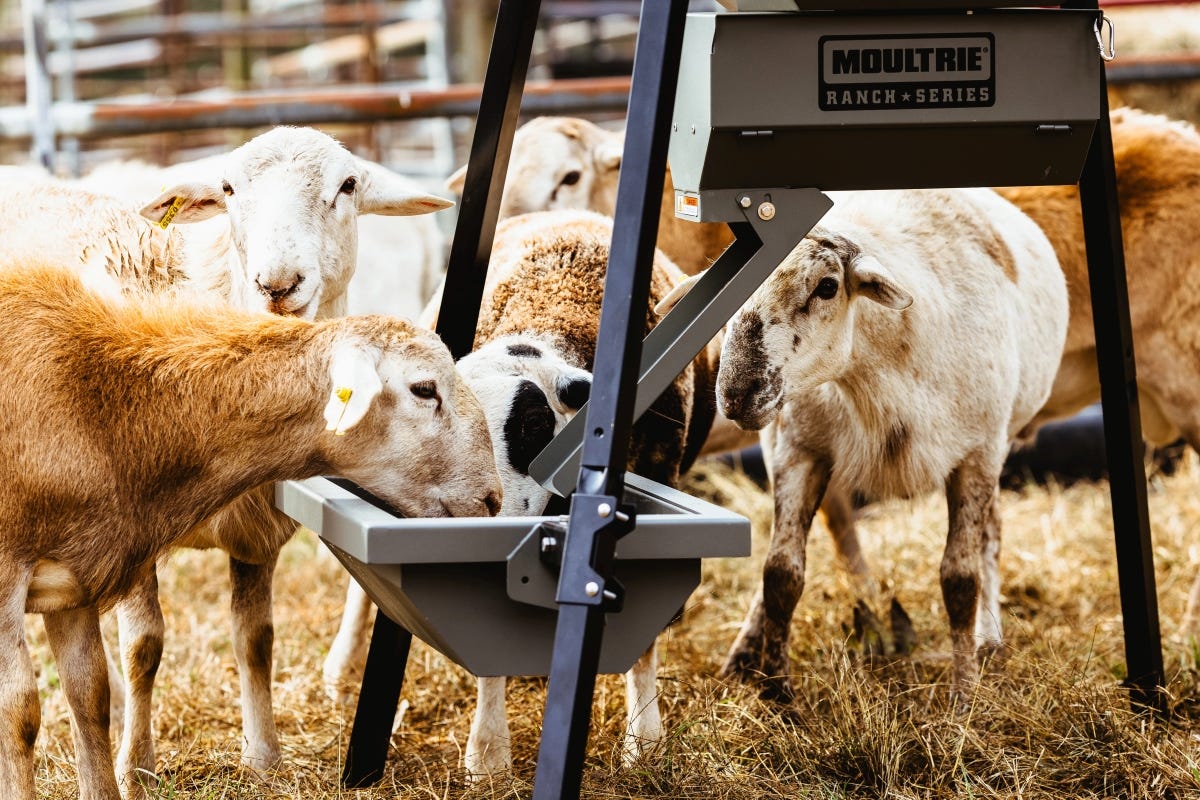- Feb 15, 2018
Post-Season Scouting
The season is over, and you are sitting at work wondering what in the world you are going to do with your weekends… Well, the good news for you is that while killing season has ended, hunting season never really does. You know right well that 90% of the work happens without a weapon in your hand, and the earlier you start prepping for next year, the better your chance of success. March provides unique opportunities, so here are some tips to help kick off your post-season scouting.
EXPLORE UNKNOWN GROUND
Hunting pressure has mostly worn off, and you are not at risk at ruining your hunt, so this is the perfect time to take to look for signs of game. This soon after season is the prime time to look for sign since scrapes, rubs and tracks should still be open and visible, you might even get lucky and find a shed. Large scrapes located under licking branches are ideal finds. That deer might not be frequenting this spot over the next few months, but he considered this his area, and will likely be back next fall. If you are in an area that still has snow on the ground, get out while it is fresh and let the deer tell you first hand where they’ve been and where they’re headed.
LOOK FOR MINOR TRAILS
With the leaves still off the trees you should also be able to clearly see game trails, small ridges, and pinch points that might not be visible in July. Big deer got that way by being smart, and are probably not using the major trails. Keep an eye out for lightly worn minor trails and you can often find their hidden paths.
USE ONLINE MAPS
While you are considering an exploration, it is worth taking a look at your property on a couple of online maps first. With websites like Google Maps and Hunt Stand readily available, it is easier than ever to gain new perspective from a bird eye view. These sites often have satellite images from different times of the year, and can often help you identify open spots capable of holding a food source or pockets of hardwoods. Looking at terrain maps is especially worthwhile since you can often locate ridges and valleys you might not have been aware of. Deer tend to travel parallel to the peak of the ridge where they can see a distance and catch wind of everything in the valley. These are great places to look for minor trails.
TAKE CHANCES
This is a great time to take gambles with your cameras. Spread your cameras out along these deeper areas and see if you can find some high traffic areas. It is typically harder to justify checking cards on a weekly basis in the offseason, so this is a great time to let cameras remain in the deep woods for a month. You might gain some intel you wouldn’t have otherwise. Setting up a Mobile camera in these deep areas can be especially helpful since you do not have to return to pull cards, and you can know whether you should move it without pulling cards.
HANGING FEEDERS
Patterning deer is not only about understanding their behavior, if done right it can be about controlling their behavior as well – and it is never too early to start. Using smaller hanging feeders is a great way to start to encourage deer to use a certain path, or travel through a certain area. Set your feeder kit on a low setting, maybe a half pound a day, so that this is not seen to the deer as a standard food source, but more of a consistent bonus to the trail. Setting up several of these on different roads can start to create a pattern over time where deer start to use those trails more often.






